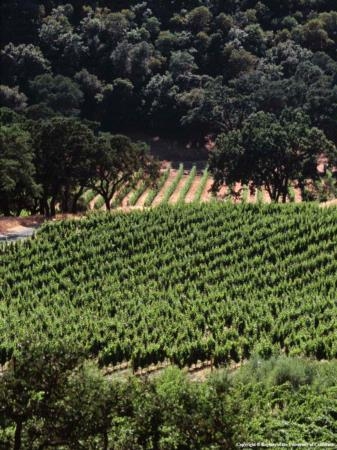
"If you don't water in the San Joaquin Valley, you're not getting a yield," Larry Williams, a professor in the Department of Viticulture and Enology at UC Davis and based at Kearney Agricultural Research and Extension Center, told Pierson.
Last month Sacramento Bee columnist Mike Dunne used Williams' study of water use of chardonnay grapes in the Carneros Region to refute the amount of water a Dutch researcher claimed was required to produce a single glass of wine. “In California vineyards and cellars, is 29 gallons of water to produce a single glass of wine a realistic estimate?” Dunne asked Williams, who explained that California grape yields per gallon of water are much higher than in Europe.
“The mean yield of wine grapes in Europe ... is around 1.8 tons per acre using data I've gleaned from research papers,” Williams says. “The mean chardonnay yields across California are 7.4 tons per acre.”
Based on Williams' research, Dunne wrote, “Vines of the dry-farmed portion yielded 4.9 tons per acre, while vines on the irrigated portion produced 6.3 tons per acre. The upshot was that 14.2 gallons of water was needed in the dry-farmed block to produce a typical 4-ounce pour of wine, while 15.3 gallons of water was needed in the irrigated parcel to produce a 4-ounce pour of wine, totals far lower than the figure calculated by the Water Footprint Network.”